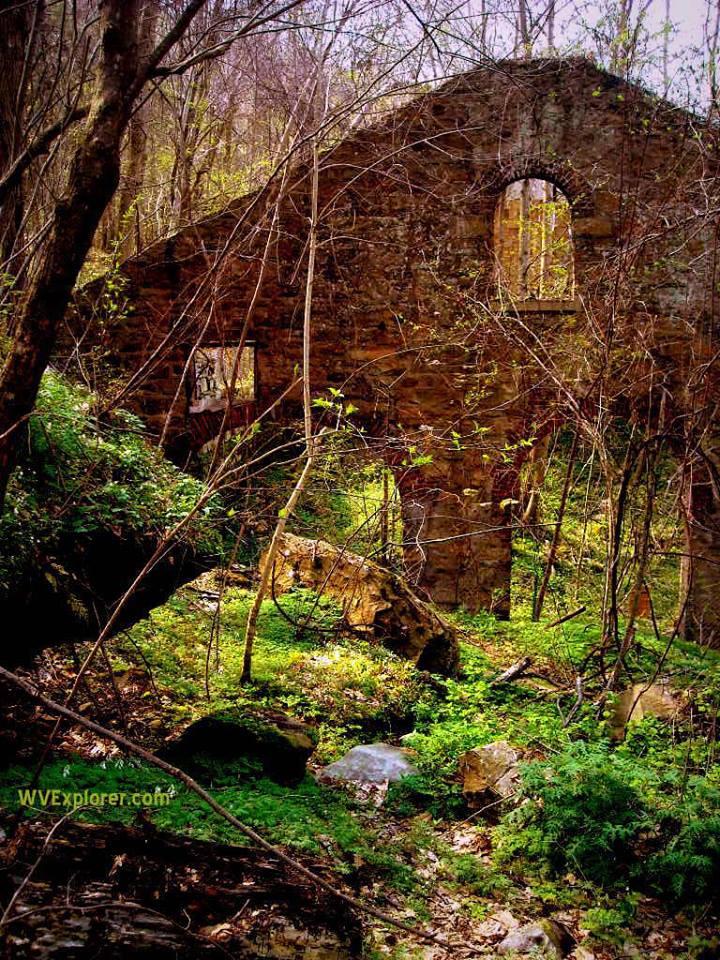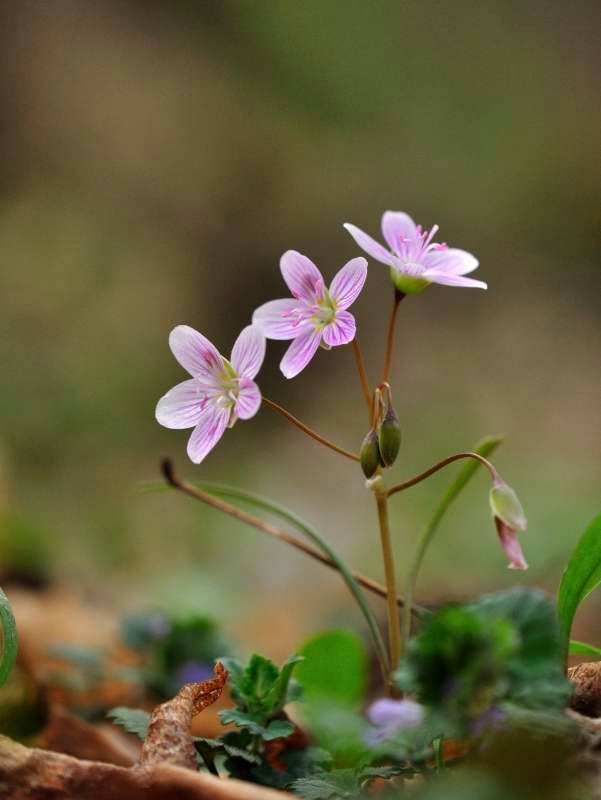The New River Gorge is one of the most popular single-pitch climbing destinations in the eastern United States. High quality sandstone and proximity to major population centers make it a premier destination for climbers of all abilities. The climbing area is located on rocks along the rim of the gorge high above the New River near Fayetteville, West Virginia, within the boundary of the New River Gorge National Park and Preserve.
With more than 1,600 established routes, the climbing area features many excellent traditional crack and face climbs and an abundance of high-quality sport routes that ascend from 30 to 120 feet. Each year exploration continues to yield more and more bouldering opportunities.
The hallmark cliffs that have created the New River Gorge climbing area are composed of the colorful Nuttall Sandstone, a layer of rock more than 100 feet thick comprised of up to 98 percent quartz. This weather-resistant sedimentary rock provides solid and varied terrain that attracts climbers to its many featured surfaces, which include splitter vertical cracks and corners, horizontal cracks, incut edges, jugs, and in some areas pockets and huecos. The rock has an often-fine-grained texture but offers good friction. Differential mineral composition explain the range of colors, which vary from brilliant white to dark brown to orange rock that is often striped and swirled.Climbing crags exist on both the northern and southern rims of the gorge.
The northern rim offers the majority of the climbing. Near the upstream extent along the the northern rim rises Beauty Mountain, whose name says it all. Just downstream, the Endless Wall begins — a four-and-a-half-mile long section of nearly unbroken cliffline. The all is accessible only by rappelling or by down-climbing one of several sets of steep ladders. The nature of this approach and the dispersion of climbs makes Endless Wall a good escape from the crowds and at the popularly guided Bridge Area Crags.
The Bridge Buttress and Junkyard Wall are two excellent climbing areas near the New River Gorge Bridge that offer quality climbing near the road. On holiday weekends, these popular areas can resemble a scene at a busy climbing gym. Other major areas in on the north rim of the gorge include Fern Buttress and Bubba City. Climbing areas along the northern rim face generally south to southwest and receives ample sun. Routes along the southern rim and are found in two main areas — Kaymoor and South Nuttall.
Due to the nature of the densely forested gorge itself, very rarely can climbers expect to climb up and top-out a climb. Nearly all established routes are conveniently equipped with fixed, bolted anchors, which makes it generally easy to set up a top rope after leading a climb and to rappell down after cleaning a route. Climbers are not entirely deprived of a summit experience: many climbs are close to one hundred feet in height and offer a good stance at the anchor with exhilarating views from above the tree line. The New River Gorge can often be seen with a dense fog rolling through the deep valley — a gift to early morning climbers who experience a feeling of being in the clouds. Climbing areas in the lower part of the gorge offer stunning views of the famed and impressive New River Gorge Bridge.
Ironically, the New River is one of the oldest rivers in the world, a vestige of the Teays River that existed before the Appalachian Mountains were formed. The river cut through the mountains as they were uplifted, leaving a 1,000-foot-deep gorge that provides breathtaking views to climbers who earn them by ascending the steep rock along the rim. Instead of draining around the Appalachians, the course of the river cuts through them. This path of least resistance is a valuable route connecting the eastern states to the central U.S., which explains the trains that can be seen and heard while climbing high above the railroad grade.
From high above the New River, climbers can look down and see some of the world-class whitewater rapids that attract tens of thousands of whitewater rafters every year. From 1,000 feet above, the large fleets of 14 foot rafts seen disappearing between waves look like toys. The screams of the rafters and the shouts of the guides who bellow paddling commands through the rapids seem delayed when looking from so far away.
One of the most important years in the history of climbing in the New River Gorge area was 1978 when the New River Gorge Bridge was completed, opening access to climbers from all over the eastern U.S. That same year, 53 miles of the New River between Bluestone Dam and Hawks Nest Lake were established as the New River Gorge National Park and Preserve. The New River Gorge is a fairly young climbing area, since most of the climbing has been developed since the completion of the bridge.
Climbing in the New River Gorge presents some opportunities to climb in remote, difficult-to-access areas, though this complicates rescue operations when accidents occur. Venomous snakes, including the copperhead and timber rattlesnake, are among the hazards of the region. Contrary to popular belief, these reptiles are not aggressive and rarely bite unless provoked or accidentally stepped on. Poison ivy, hot temperatures, high humidity, and occasional hikers and tourists above climbing areas present the majority of hazards in the New.
Read also: New River Gorge Climbing Area
Sign up to receive a FREE copy of West Virginia Explorer Magazine in your email weekly. Sign me up!


